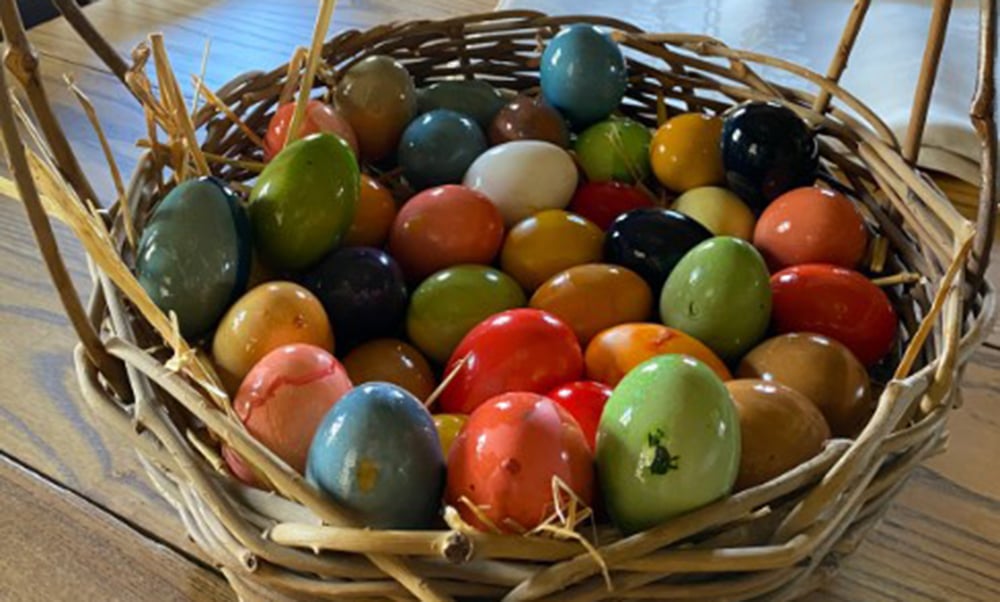Wayne Hill is a heritage interpreter at Kline Creek Farm in West Chicago, with more than 30 years at the Forest Preserve District. He enjoys teaching forest preserve patrons about history and the environment. He earned a B.A. in behavioral science and M.S. in human-resource development and management.

